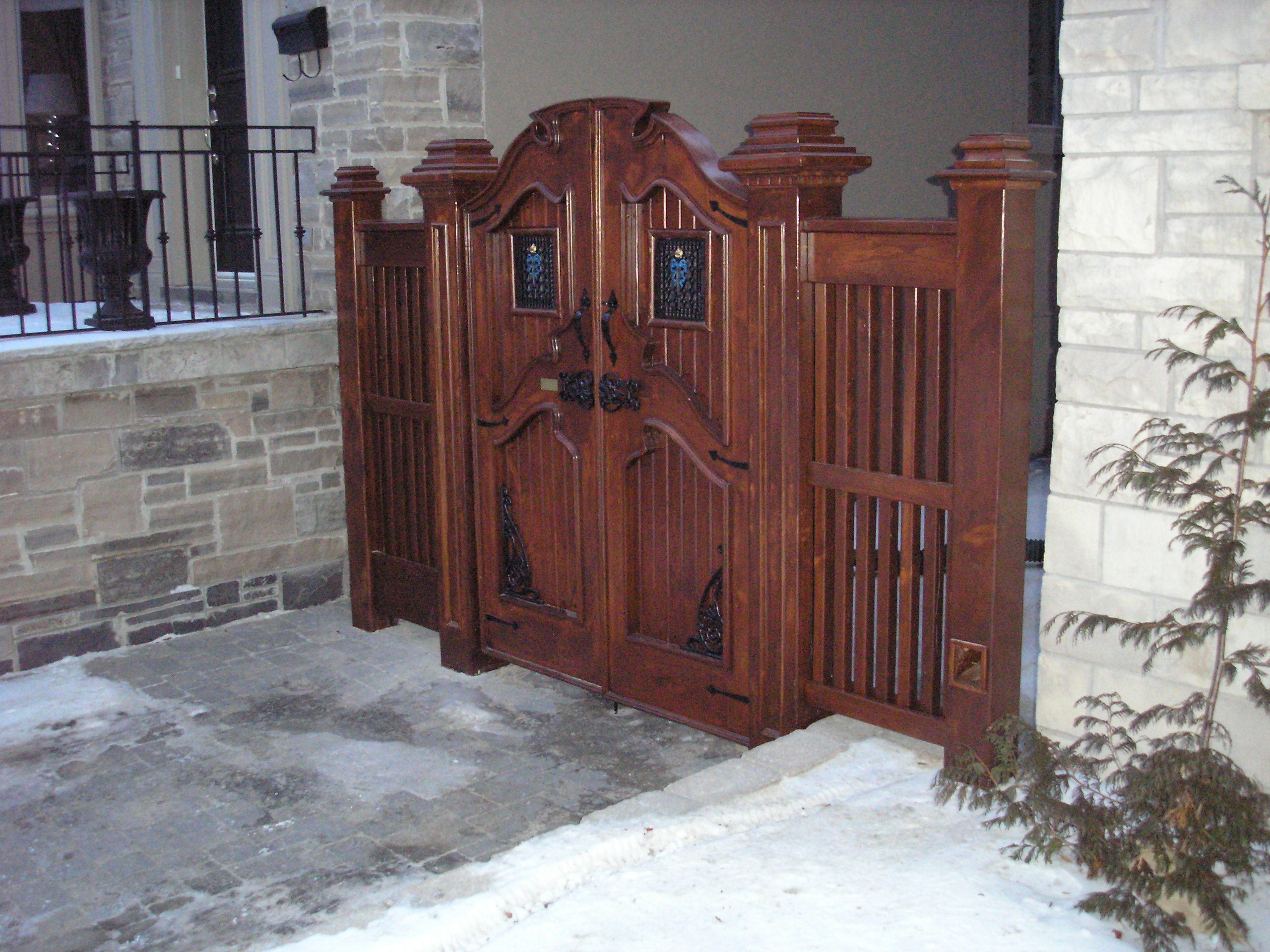Priming MDF Edges for Finishing
MDF edges tend to soak up finishes. Here are multiple suggestions for prepping the cut edge so it won't need endless re-coats. February 26, 2007
Question
I have a handful of MDF doors I need to spray with white and other colored lacquer. What is the fastest way to prepare the edges so they come out as smooth as the surface and don't absorb too much lacquer and look porous? I'll be using ML Campbell Clawlock and Resistant.
Forum Responses
(Finishing Forum)
From contributor B:
Filling them takes too long - just edgeband them.
From contributor G:
Sand them as smooth as possible.
From contributor J:
Slightly thin with water some exterior grade waterbased spackle and smear it into the edges of your MDF. Sand lightly when dry. The lightweight spackle doesn't work well. Synkoloid is good. Otherwise, it will take coat after coat of primer to get enough build.
From contributor T:
I usually thin white glue with 40% water and roll it on the edges. This acts as a sealer and it bonds the fibers to form a solid edge. It finishes very smooth and the cost is minimal.
From contributor A:
Use a good heavy body primer when you do your finish work. First coat of primer I do just the edges, then sand them. Then the second coat of primer all over and sand again. Then topcoat.
You can also use the glue/water trick and it works well. For me, the primer is faster since I can spray it. Never tried the roller trick with glue. Always brushed it. That's a good idea. Lots cheaper than primer, too.
From contributor K:
No muss, no fuss. Use a quick dry oil or lacquer primer thinned down about 10%. Sand the edges 220g and then prime them with a small roller. Let dry and sand again. Now you can prime the whole piece with the Clawlock. If the edges aren't filled enough, repeat the process. Really easy.
From contributor C:
Are these doors going in a bath or kitchen? If they are, anything other than self-sealing with finish or a vinyl sealer/primer probably won't meet the manufacturer's requirements for KCMA. Several manufacturers make a pigmented vinyl primer/sealer that's very high in solids, and fills MDF edges really well. Depending on how the edges were machined (saw, shaper, router), you probably will have to sand them some. Some MDF (e.g. Plumb Creek) finishes better than others. Be aware that with catalyzed systems, you have a total film thickness build that usually includes any primer or sealer. Mohawk makes a single component pigmented primer/sealer (EzVinyl?) that works pretty well on MDF under their CV and pre-cat. It's thick stuff, and you'll have to switch to a larger needle/nozzle on your spray gun to spray it properly (or apply it with a primer gun). Try not to thin it.
From contributor M:
Just fill them with some kind of filler and then sand them flat (I am working now at 11 doors of MDF with walnut edges, but around the doors are MDF edges and I fill them with filler). We use a car two part filler, which comes white and red and when mixed is pink.
From contributor Z:
I would sand the edges with 220. Brush a coat of Clawlock. Wait a couple of minutes and hit it again. Sand it with 320. Spray your full prime coat over everything. I do this all the time but I use BIN shellac for the brushing and Polystar primer over it.
From contributor G:
If you try Becker Acroma Bernyl Surfacer for MDF edges (after sanding them smooth with 220), you will never go back to glue sizing again. And it leaves Clawlock in the dust.
From contributor O:
Contributor G is right. Unisurfacer or Surfacer from Becker is awesome. Doesn't have too strong of a smell to it, either.
From contributor M:
What kind of finish do you use? With any finish you would spray a number of coats, so why don't you just spray the edges only, then after you do all the passes, scuff sand the edges and spray the whole piece and edges? That way you would fill the edges.
From contributor T:
We just built and sprayed some MDF doors today and one of my employees suggested that we spray white glue thinned with water on the edges before sanding the doors. It worked great! And it's cheap, too.
I used to spray 3 coats of primer and sand the edges down smooth, but I find that MDF already has a weak structure as it is and the primer only smoothes it out - it's still prone to chips in the future. What I hope the white glue does is bind the fibers in the edges of the board, thus making the edge stronger and less prone to chipping in the future. Doing some tests for yourself I think is best, but I have dropped an MDF kitchen door with glued edges and it did not spilt, just dented a little, so that convinced me right away. The only other route I would take is passing them on the edge bander to ensure a solid edge.
From contributor M:
The question is, how strong does the finish sit on the glue, and how does it effect it?
From contributor T:
The glue is diluted with water, so it is not very thick. Usually one coat raises the fibers and then bonds them together. After sanding, you basically have a very solid edge and I personally have never had any problems with the durability of the finish. It's been working great!
